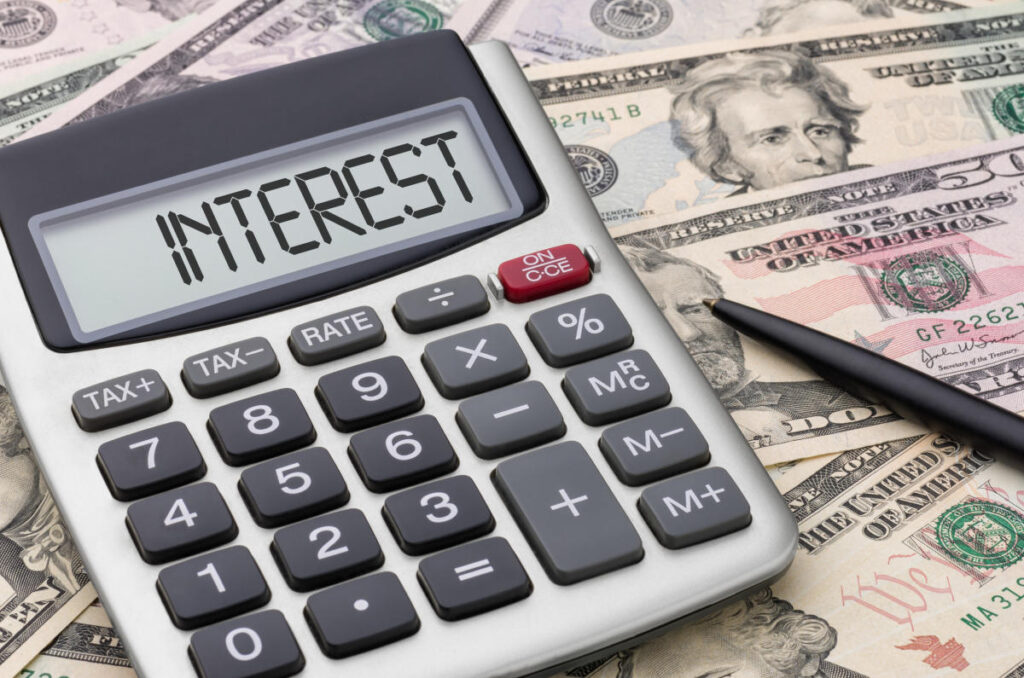Certificates of Deposit (CDs) are financial instruments that provide a secure way to earn interest on your savings, often yielding better returns compared to traditional savings accounts. These instruments involve depositing a fixed sum of money for a specified term, ranging from one month to several years, during which the funds are typically not accessible without incurring penalties. Understanding how to calculate CD interest becomes crucial when deciding if a CD fits your financial strategy, as it allows you to compare various products and their potential returns effectively. Factors such as the interest rate, annual percentage yield (APY), compounding frequency, principal amount, and term length are vital components that impact the overall interest earned on a CD.
One of the fundamental elements in assessing a CD is its interest rate, which is the annualized rate used by the financial institution to calculate the interest earned on your balance. However, it is essential to consider the APY, which offers a more comprehensive view of your potential earnings by factoring in the effects of compounding interest. Unlike the simple interest rate, the APY can showcase the actual earnings accumulated over time, as compounding can significantly enhance returns. Additionally, the frequency at which interest is compounded—be it monthly, quarterly, or annually—also influences overall earnings, as it determines how often interest is calculated on both your principal and the interest previously earned.
For those looking to calculate CD interest independently, the formula for compound interest can be helpful: ( A = P(1 + r/n)^{nt} ), where ( A ) is the total amount after interest, ( P ) is the principal amount, ( r ) is the annual interest rate, ( n ) is the number of times interest is compounded per year, and ( t ) is the number of years the money is invested. For instance, if a person invests $5,000 in an 18-month CD with a 5% interest rate and monthly compounding, they can calculate the total return using the formula. This exercise helps illuminate not only the potential earnings from the interest but also highlights how different terms and compounding frequencies can affect overall outcomes.
When comparing different CDs, it is essential to dive deeper into their features. While it can be tempting to stick to the same financial institution for ease, shopping around can often yield better interest rates, especially with online banks and credit unions that frequently offer more competitive APYs due to lower overhead costs. It’s also critical to focus on the APY offered by CDs, as this metric summarizes the total earnings potential, providing a straightforward comparison between differing accounts. Additionally, assessing term lengths thoroughly is vital; selecting a longer term may seem beneficial due to higher interest rates, but if your financial situation requires accessing funds earlier, you may incur penalties that could negate the advantages of a higher yield.
Another consideration when selecting a CD is any minimum deposit requirements that financial institutions might impose. While some offers may not require a minimum deposit, others can necessitate significant sums to achieve favorable interest rates. If you’re looking to open a CD, it is wise to choose options that align with both your savings goals and your financial capabilities. Moreover, utilizing a CD laddering strategy—spreading investments across multiple CDs with various maturity dates—can provide both flexibility and access to competitive rates while reducing the risk of losing out on higher interest rates down the line.
In conclusion, CDs can serve as a powerful tool for growing savings with relatively low risk. By familiarizing oneself with how to calculate CD interest and understanding the nuances of various products, individuals can make informed decisions that align with their financial goals. CDs typically offer better returns than standard savings options, making them appealing for budget-conscious savers who seek stability while still wanting to maximize their interest earnings. By evaluating APYs, term lengths, deposit requirements, and engagement in strategies such as laddering, one can navigate the landscape of CDs more effectively, ultimately determining the best choices for achieving long-term financial health and security.

